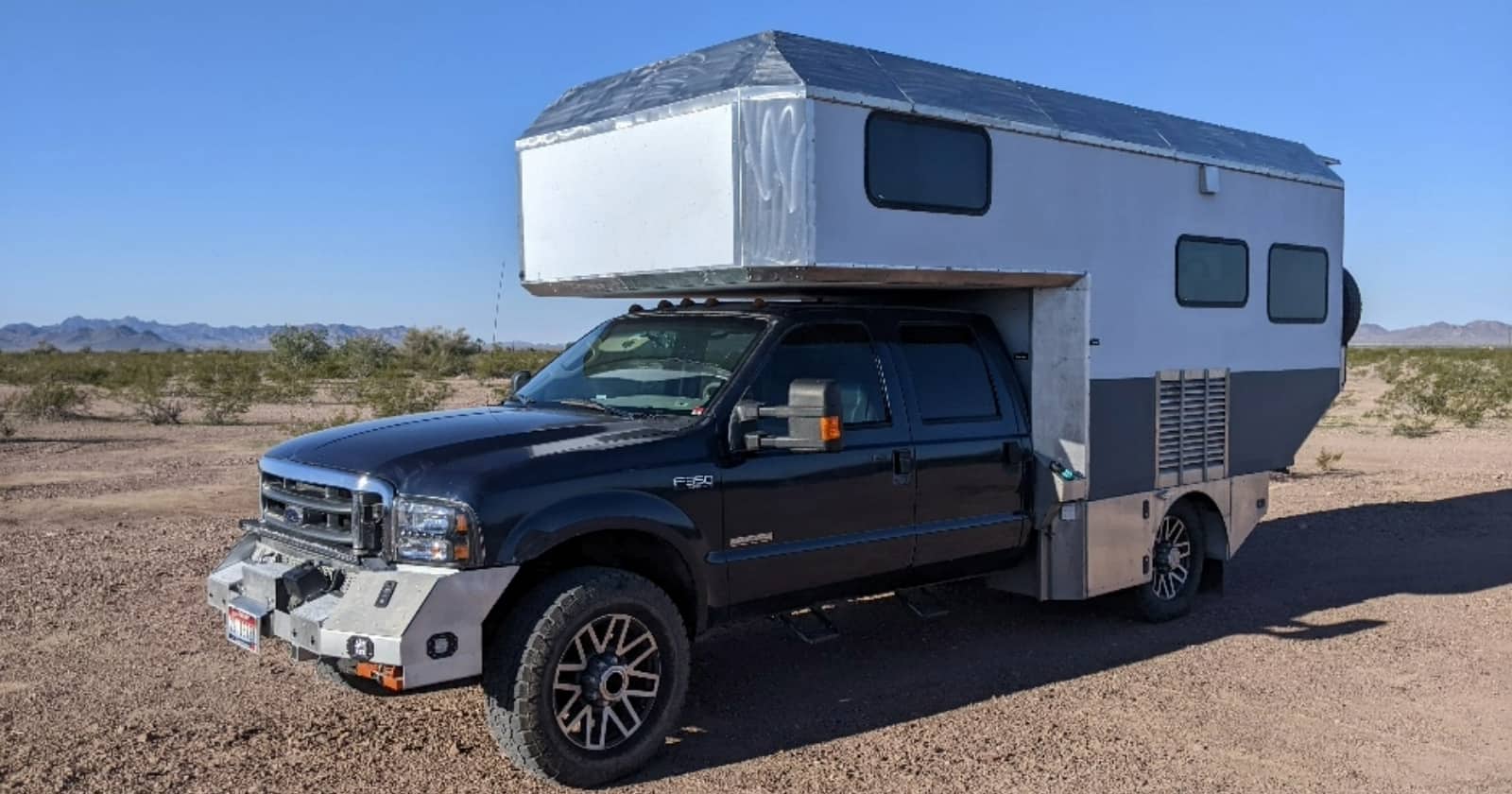Getting ready to travel in a truck camper? If so you may be ready to get out there and hit the road but there are a few things that need to be considered before doing that.
The number one thing is to make sure your truck camper is mounted and tied down properly. Many people will depend on an RV shop to install tie-downs, but we recommend saving some money and doing this the DIY way.
Here are some tips and steps to get your camper mounted, tied down, and ready for a rewarding experience with no costly breakdowns and regrets.
Know your vehicle and its capabilities
If you already own a pickup truck or you are in the market to buy one, make sure that it can handle what you are planning on throwing at it. By this, I mean what and how you plan to travel in your future truck camper.
Truck campers can be small and light or big and heavy. Having the right truck to haul your camper will save you money and time from preventable damage to the chassis, transmission, or engine.
Do your homework and get all the proper information and specifications on your vehicle and how much weight the chassis, transmission, and engine can haul. The length of the truck bed will make a difference too. Sometimes bigger is better, but if you’re looking to haul something lighter, you can save a lot of money on a smaller truck.
Ordering the brackets and turnbuckles for your truck camper
Before you go online or call to order your brackets, you need to be sure you order the correct tie-downs for your specific vehicle. This is crucial and coming from my own frustrating personal experience.
You need to know exactly what type of frame that your vehicle has and what type of tow package it is equipped with. I would recommend calling the manufacturer of your vehicle and giving them the VIN number and they should be able to tell you all the information needed to order the correct parts.
Prepare yourself for a little sticker shock because the brackets that mount to the frame of the vehicle are not cheap. Mounting a truck camper can be accomplished with other less expensive options, but again you want to be sure that the way you mount the camper will work for your weight and also the type of driving you are doing.
Turnbuckles are the hardware that attaches from the brackets to the truck. These are also available at specialty stores, but you can also purchase them from Amazon or used as they are not specific to the truck, bracket, or camper.
Mounting the brackets
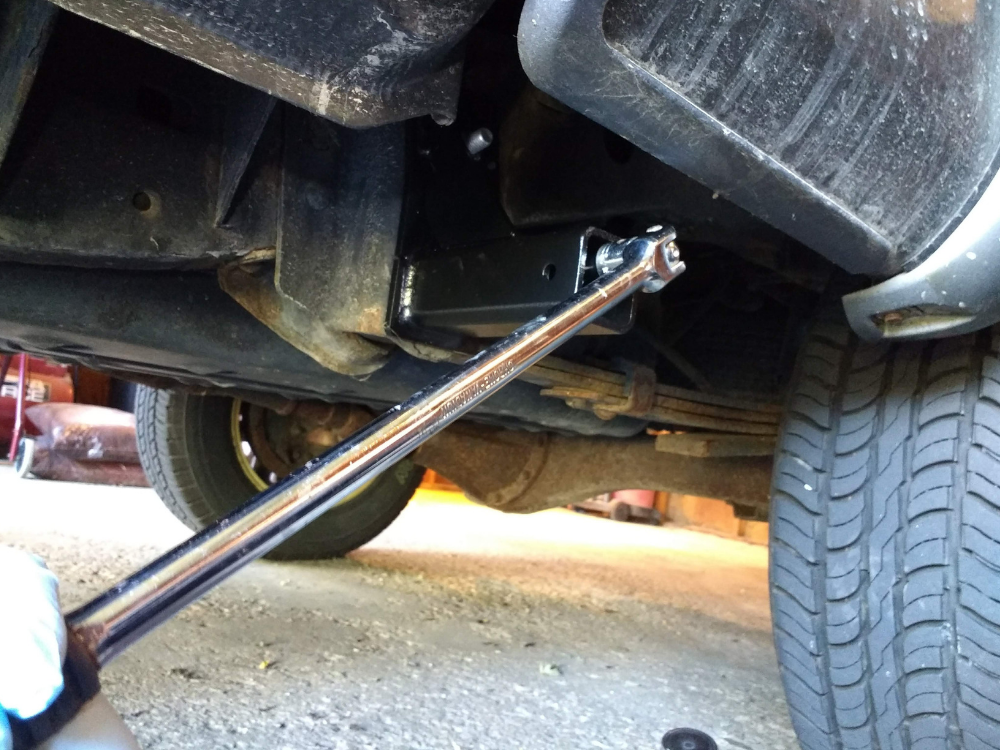
Now that you have the brackets it’s time to mount them. This is an easy project that can be accomplished by most people with a nice level surface to work on. All you will need is a basic set of sockets with a “cheater bar” (a long piece of pipe to give you more leverage) or an impact gun. You may also want a torch to heat any stubborn bolts or some quality penetrant spray.
Be sure to have quality jack and jack stands if you need to lift your vehicle up or need to remove a tire to get at the frame of the vehicle. Some vehicles can have this project done without lifting it or removing any tires which make for an easier installation.
A nice mat for laying on or a good set of knee pads are a must to save those knees or back while doing this job.
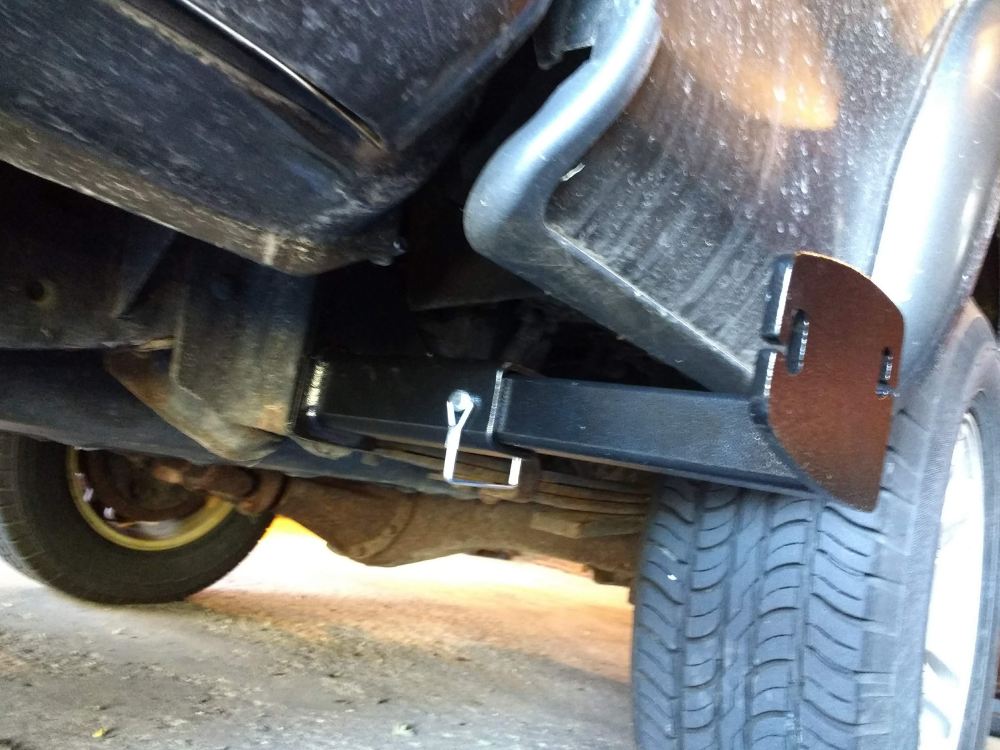
Follow the manufacturer’s instructions for mounting the hardware and be sure to apply anti-seize to all bolts to ensure an easy removal if you ever need to take the brackets off of the vehicle.
This project can be accomplished in a few hours or a weekend, so complete it at a safe and comfortable pace.
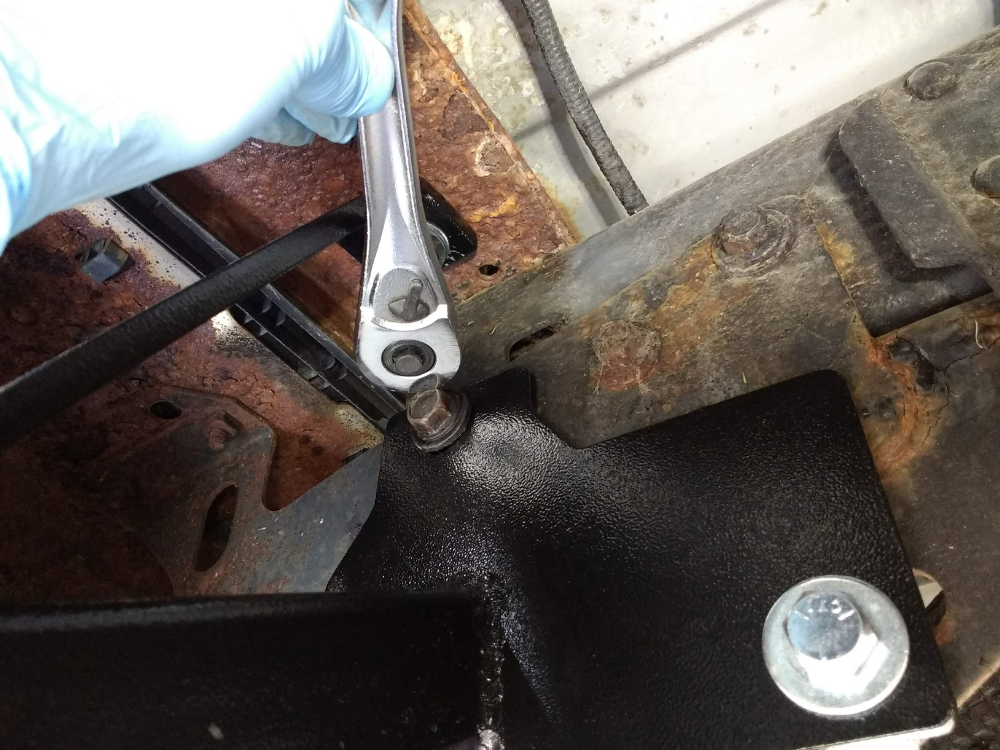
Preventative maintenance on your truck camper
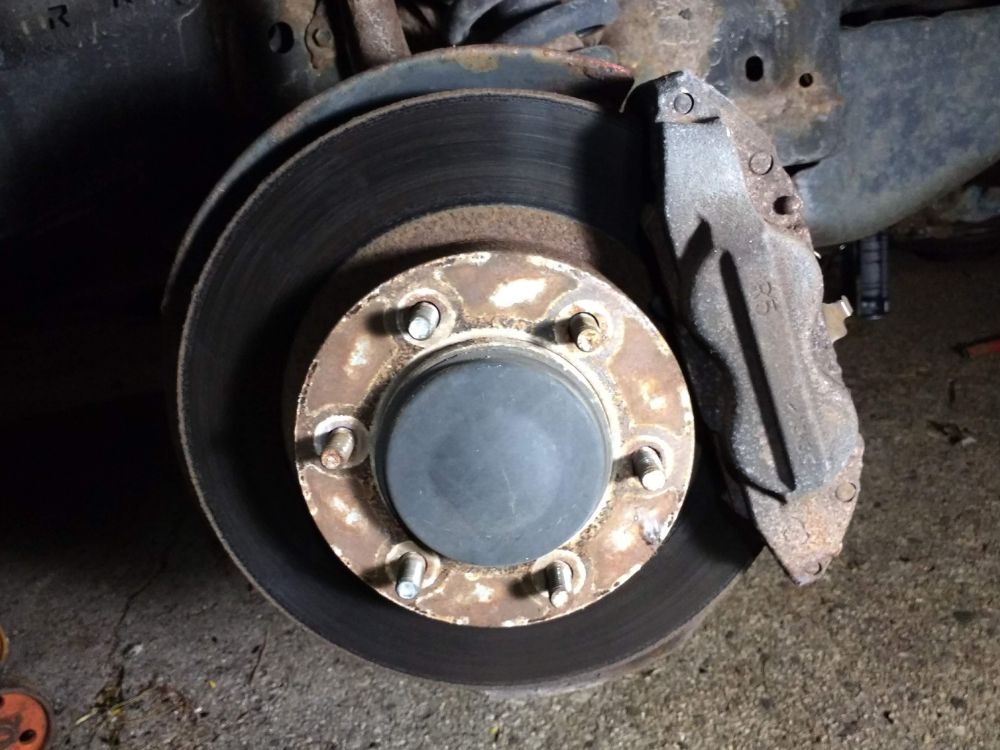
Once you have the tie-downs installed and turnbuckles in hand you are ready to mount the camper and hit the road, but I would recommend one more thing to ensure you and your family safe travels and that is brake maintenance.
Your truck’s brakes are very important and you should keep them in mind while traveling with all this added weight to the vehicle. If you own a new vehicle this shouldn’t need to be a concern for you but if you own an older used vehicle it might be time for an upgrade.
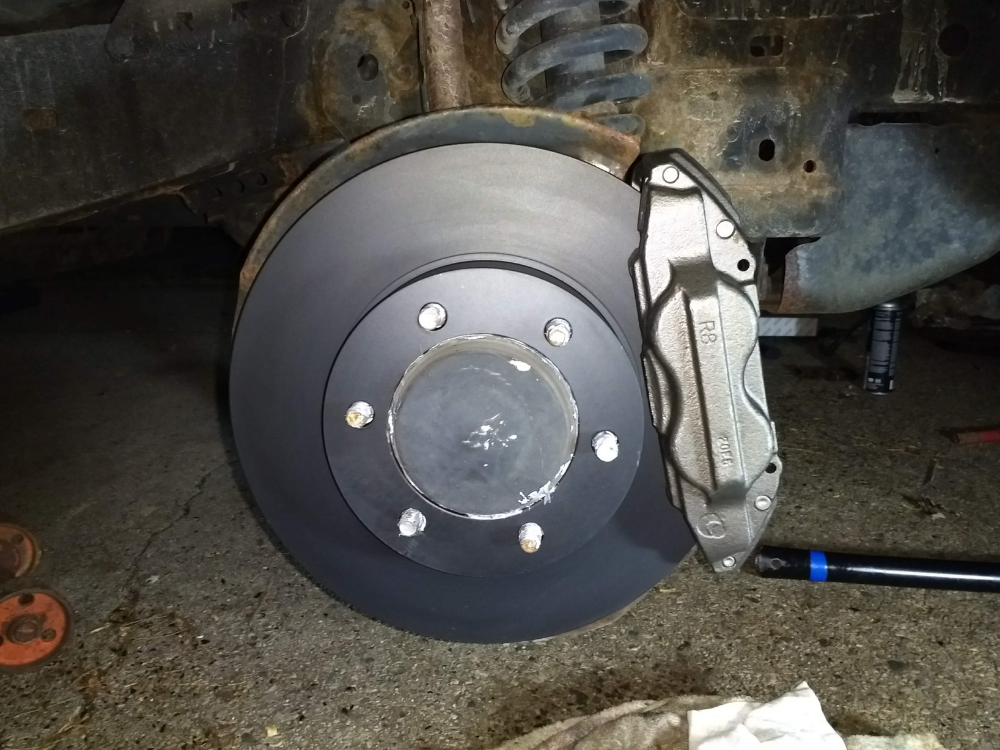
Installing calipers, rotors, and pads are another project that can be done by most people with the proper tools and parts. When it comes to parts this is an area where I wouldn’t recommend going cheap, you get what you pay for. Go for the higher-end rotors and pads intended for heavy-duty use to ensure stopping power when you need it.
Some higher-end rotors even come with 3-year warranties that guarantee no warping or rusting. This is beneficial as, believe me, your rotors will get hot when descending a mountain carrying the extra weight of a truck camper.
Other preventative maintenance projects that are beneficial to protect your vehicle are going to be transmission fluids being flushed and refilled, oil changes, lubing all points that can be lubed, differential fluids filled to proper levels, and coolant flush and refill.
There you have it. If you follow these tips for getting your truck and camper ready for the road you can now drive comfortably and safely knowing your equipment is ready for what will be thrown at it.
Traveling is so rewarding and it is even more special when you do not have to experience breakdowns because you have taken care of your equipment. So sit back, drink a cold one and enjoy the view. Travel on.

